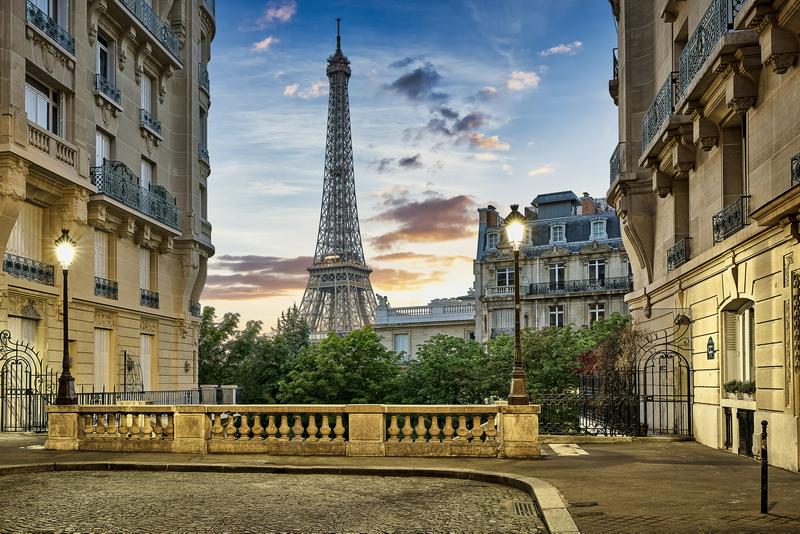Fun Facts About Paris
By | July 27, 2022

Paris Is Very Old
The history of Paris dates back all the way to the 200s B.C.E., when a Parisii tribe established their home there, next to the Seine River. It grew to be an important trading post for the Romans and eventually became the largest city in all of Europe during the 1300s, with a population of 200,000 people. They lost some numbers during the Black Plague and several wars, but today, over two million people call the City of Lights home.
They Have Unusual Burial Habits
Speaking of the dead, Paris may have one of the most unusual burial sites in the world. It seems the city planners of old didn't make enough room for cemeteries around the many churches of Paris, which became a real problem in 1780, when a particularly strong rainfall collapsed the walls of Les Innocents cemetery and sent decayed bodies into the streets. They decided to store the older bodies in the old Tombe-Issoire quarries that were longer in use beneath the city, and since they were essentially just bones, they made little effort to keep the skeletons intact. In the early 1800s, the curious public was allowed to make appointments to see the macabre display of bones. Although not nearly as ornately decorated as the Sedlec Ossuary, people today still shell out ten bucks a pop just to see the bones of the more than six million Parisians buried in the catacombs.

Its Greatest Icon Isn't Supposed To Be There
When you think of the Parisian skyline, you think of the Eiffel Tower, but as ubiquitous as this symbol of the city is now, it was never supposed to last more than a couple of decades. Finished in 1889 for the World's Fair, the tower was the tallest manmade structure in the entire world, a recognition that it held for an impressive 40 years. By 1910, when it was set to be torn down, the city had already begun using it for radio purposes, which would become even more important during the coming wars. Happily, the iron tower has been preserved and restored throughout the years, and there's little chance of Paris changing its mind on the tower's beauty and charm over a century later.

They Have Their Own Statue Of Liberty
Of course, the American Statue of Liberty, designed by Eugène-Emmanuel Viollet-le-Duc and Alexandre-Gustave Eiffel and erected in New York City, was gifted to the United States by France as a show of friendship between two Revolutionary countries. To return the favor, the U. S. sent back a small replica of the statue, standing at about 37 feet, which now resides on the Île aux Cygnes in the Seine River. In fact, Paris has four replicas of the statue scattered throughout the city.
They Really Love Art
Culture is arguably Paris's greatest export, as the city has been a center of art, fashion, food, and literature for hundreds of years. It boasts the largest art museum in the world, the Louvre, which houses great works like Venus De Milo, Mona Lisa, Liberty Leading The People, and countless other masterpieces.

